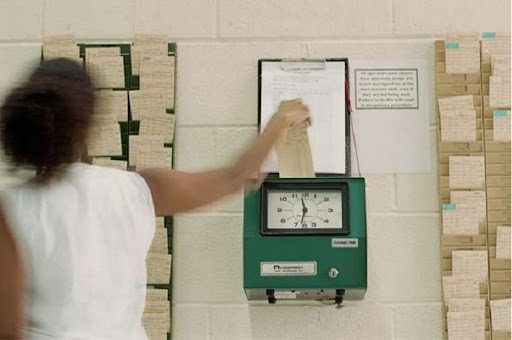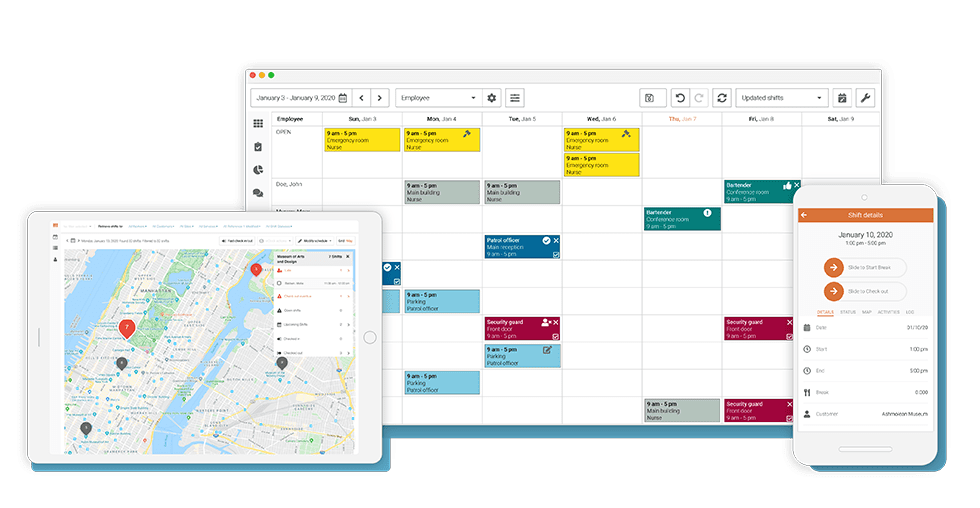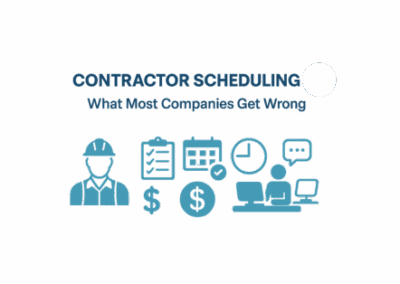Time fraud is a fraudulent activity whereby an employee gains payment from a company without actually working the hours to earn it. This can result in financial costs and loss of workforce productivity. Of course, different organizations will handle time fraud in different ways. However, when a pattern develops, it can result in dismissal. Some of the many ways in which employees can ‘steal’ time are listed below:

- Falsifying time sheets
- Buddy punching
- Extending work breaks
- Spending time on social media while on shift
- Engaging in personal activity while on shift
The Home Healthcare Industry
In recent times, we’ve become accustomed to a world where healthcare has been at the forefront of news headlines. The pandemic’s stay-at-home nature has given the home healthcare industry a consequential platform in which to grow. Unfortunately, it has also provided an opportunity for industry workers to take advantage of the system. A recent report suggested that 43% of hourly workers have admitted to exaggerating the time worked during their shifts. This, of course, could have a serious effect on the industry’s financial state; and the reliability of home healthcare itself.

Home healthcare is a wide range of healthcare services that can be given in your home for illness or injury. IBISWorld recently reported that due to Canada’s aging population, we should anticipate consistent growth from the years 2021 to 2026. This analysis is supported by Market Data Forecast, which states that the North American home healthcare industry is expected to grow from an incredible $110 billion to $158 billion during the aforementioned time period. However, if time fraud persists, then its significance could play a huge role in stunting this growth.
In this article, we will discuss ways in which companies can avoid time fraud in the home healthcare sector.
Electronic Visit Verification (EVV)
The most prominent method in which to ensure that you can gauge the reliability of your workforce and its productivity is to implement Electronic Visit Verification (EVV). EVV is set to be mandated in the U.S. and for all care services paid by Medicaid. Primarily, this is used to track home healthcare providers. It hopes to ensure that the visits they’re reporting to the CMS are actually taking place. Without having had this implementation from January 1st, 2020, home care agencies may be at risk of having claims of fraudulent activity denied.

There are two key benefits of EVV that could play a significant role in avoiding time fraud. EVV will help with auditing and accurate verification of visit times by home healthcare workers. Axxess states that auditing helps with ‘reducing unintentional errors and intentional time fraud’ in the document process. This can be supported by the patient’s required signature to signify additional proof that the care has taken place. Accurate verification of visit times, in relation to payroll, helps to capture the exact times of clock in and out. Despite the worker clocking in and out, we can’t be sure that they were, in fact, ‘working’ the entire time. Nevertheless, that’s where auditing and visit verification go hand in hand.
Aside from reducing home healthcare time fraud, EVV can reduce labour costs and improve patient care quality. Regardless, EVV will soon be compulsory for all home healthcare providers.
Employee Scheduling Software
Quite like EVV, employee scheduling software has similarities in providing a platform that can support the eradication of time fraud. Scheduling software is primarily implemented to make scheduling easier, less costly, and less time-consuming. However, some platforms’ emphasis on time and attendance serves a greater purpose in detecting time fraud.
The great thing about employee scheduling software is that it can be modified to suit the client’s needs; in most cases, it is a less costly option. Recent reports from the National Health Care Anti-Fraud Association estimate that fraudulent activity costs an astounding $68 billion annually. The desperate need to introduce new software to cut these costs has never been more necessary. The expensive technology that comes collectively with EVV means that home healthcare companies may look for alternate scheduling software to meet government compliance.

Celayix scheduling platforms offer a time and attendance solution that allows you to:
- Monitor employee activity, such as early or late clock-in/out
- Custom time-tracking rules to ensure employees are on-site during a given time period
- Confirm employee’s location with GPS-based Geofencing
- Eliminate discrepancies, payroll errors and time theft
- Generate and analyze labour reports to understand where labour dollars are spent and plan accordingly
Although different home healthcare facilities may choose only to implement EVV, Celayix, and other scheduling software, can support this transition. Why not both?
Improved Communication Methods
Time fraud is prevalent in many sectors. However, it’s become imperative that the home healthcare sector eliminates it in quickly time. Not just due to the costly financial drawbacks. But even more so to ensure that the people in need of urgent medical care are not being shorthanded of the medical solutions they so desperately need. That is exactly where improved methods of communication can be indispensable.
The use of electronic health records (EHRs) from hospital to home healthcare agencies has ensured the reduction of problems relating to a ‘lack of information. Having a lack of information could provide an opportunity for dishonesty and a way to take advantage of the period in which you’re being paid. Consequentially, it could be argued that an employee lacking information is not at fault in this case, deflecting the blame towards poor management. However, inputting EHRs leaves little room for employees wanting to falsify the productivity levels of their working time.

An improvement in communication between a manager and their worker can ensure persistent response in tasks being completed, and the manager is confident that the worker is doing as instructed. Despite it being clear that the evolution of technology in this sector is widely recognized, it’s been argued that prioritizing face-to-face communication can ensure that you value your employee’s work and want to learn more about their work experiences. This can act as a motivation to your employees, which increases their reliability and will ensure that you’re aware of the work they are actually undertaking. Thus, reducing the possibility of time fraud. It’s essential for management to ensure that any cases of poor work ethic are identified and do not have a negative impact on the entire workforce in ways such as morale, absenteeism, teamwork, and possibly even turnover.
Technology is Key to Reducing Time Fraud
Our research has made it increasingly clear that technology is instrumental in eradicating time fraud in-home healthcare. Whether being state-by-state mandated to implement EVV, or choosing an alternate scheduling software to serve a greater purpose, having a clear-cut time and attendance policy is far too valuable for agencies within this industry to resist. The recent time fraud losses of the home healthcare industry mean that for financial reasons, each agency needs to facilitate a way to ensure the reliability of its workforce can be trusted.
Having illustrated the importance of technology, some will still believe that in-person auditing is the only true method of ensuring that an employee is working to their maximum capability. Until any artificial intelligence can prevent buddy punching or prove a falsified timesheet, there will always remain those skeptical of technology and its limitations. At present, we can only trust that EVV and scheduling software are methods of reducing the enormity of time fraud costs that have accumulated year after year.
If you could implement a change to reduce time fraud in home healthcare, what would it be?




